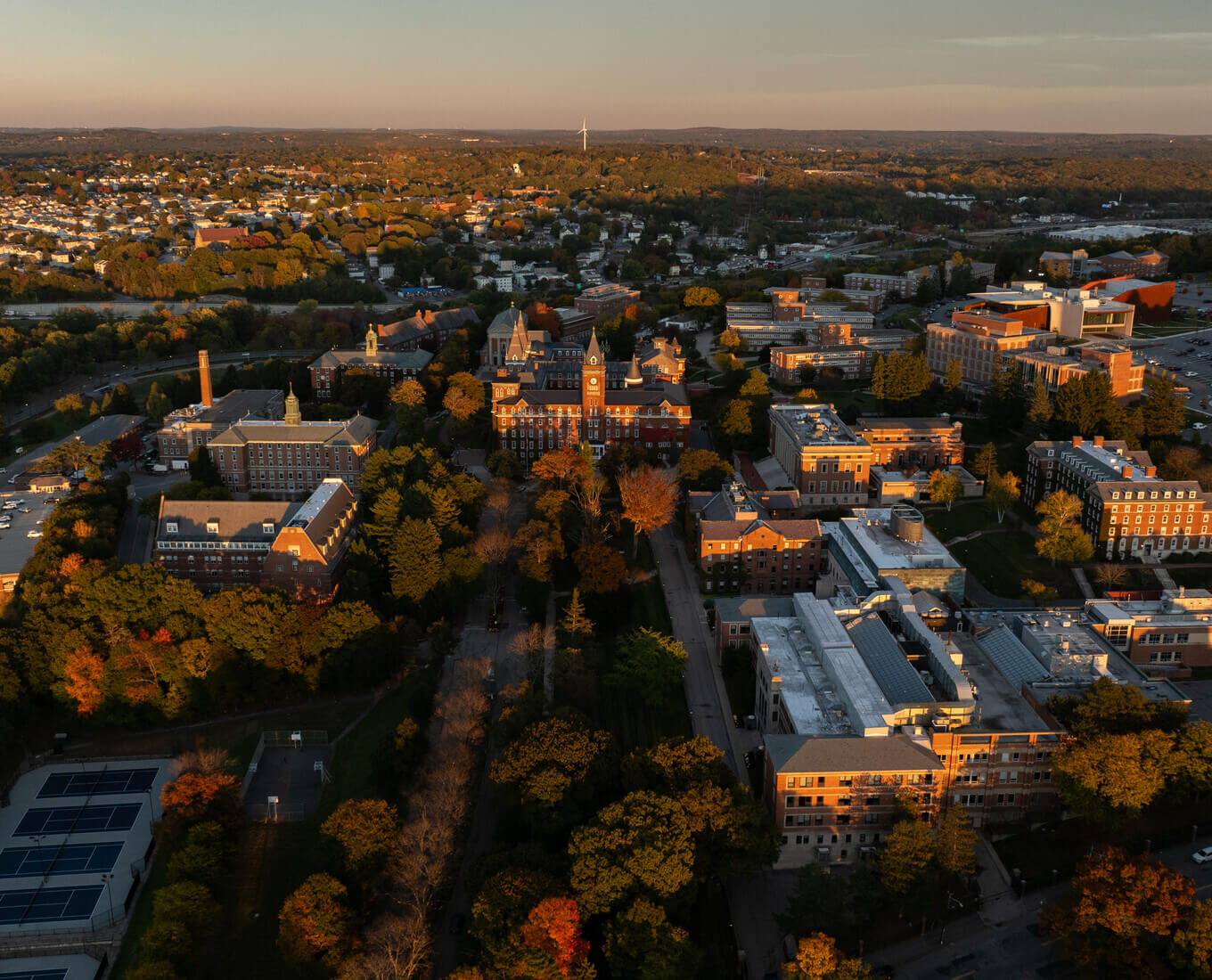In 1964, a demonstration in New York in favor of school integration drew more than 400,000 people. “It was the largest protest of the Civil Rights Movement and almost no one knows about it,” Ryan said. “I found it fascinating that we don’t talk about that. We don’t give the Civil Rights Movement enough credit [in education].”
Ryan’s work began with studying the Elementary and Secondary Education Act of 1965 (ESEA), which he considered one of the first major pieces of federal legislation regarding education. One of the most well-known aspects of the ESEA is Title 1, which provides need-based funding to low-income schools.
Researching the law’s origins, Ryan saw that it was largely attributed to President Lyndon Johnson, who as a former teacher prioritized education legislation. “As I’m looking through this literature, it’s all about Johnson, but I’m thinking of all these things going on in the country aside from his presidency,” Ryan said. “I felt there was something missing.”
It would be easy to assume this was spearheaded by Johnson’s desire to improve the nation’s schools. “But the public policy course in D.C. taught that these [laws] don’t come out of nowhere,” Ryan said. “There are interest groups and organizations that push this agenda and encourage executives to take action.” This left Ryan with an intriguing question: Who were the groups?
“A lot of Title 1 funds were going to schools with a majority Black student body,” he said. “I was sure that community organizations pushed for these funds.” He confirmed his suspicions through primary sources such as news articles, school board reactions and testimonies from civil rights activists.
“What I ended up finding was that a lot of leaders in Black communities were talking about education prior to 1965 and had been demanding equal and integrated education for a long time,” Ryan said. “Part of what Title 1 did is that schools could not receive funding unless they were integrated.”
Citizenship is best exemplified through the process of education, Ryan asserted in his project. Without equality in education, citizenship is never fully achieved.
“Civil Rights should affect how we look at the history of education legislation,” Murray said when describing Ryan’s project. “Those bills were a reflection of the Civil Rights Movement as well. He reshaped the broader discussion of the topic and dedicated his project to showing that to us.”
Separating the good from the great
The Washington Semester Best Research Prize committee evaluates each project on multiple criteria, including sound methodology and originality. However, what truly elevates a project is the process, specifically how the student has integrated their internship experience with their research, Murray said.
“We want this to be a project that is representative of the Washington program, not just being a Holy Cross student,” he said. This means a winning project must show a student took full advantage of the resources only available in Washington, D.C.
In Boxer’s case, these resources took the form of the access afforded him by his internship to evaluate how the approach of SFECs varies by state. “He built his research around what he was doing [at his internship],” Murray said. Boxer was able to interview officials from four state SFECs and view their grant proposals to the Department of Education.



